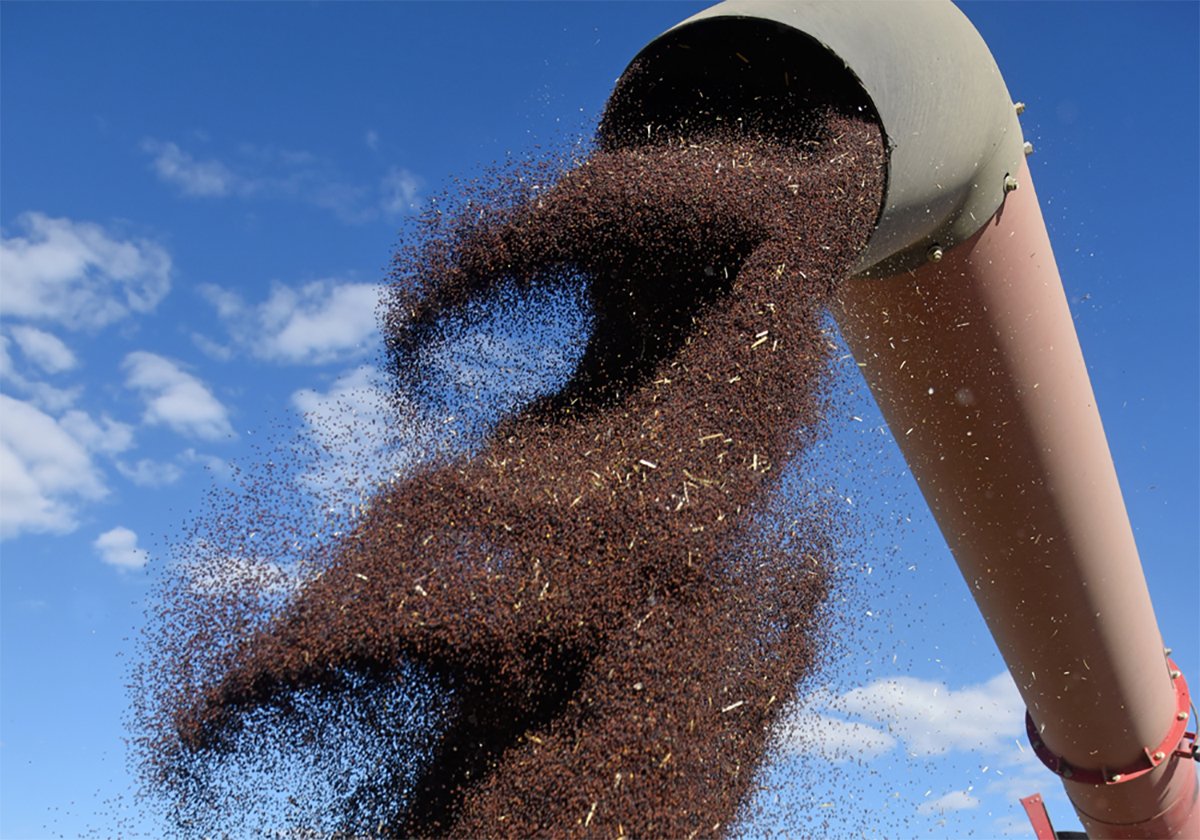Ractopamine feed additive | New standards necessary because China and EU countries will not accept meat with chemical residues
New international standards have been adopted for the use of ractopamine in finishing cattle and hogs.
The new standards came into effect July 7.
Some countries, such as China and members of the European Union, will not accept meat from nations that use the product because of questions over residues.
However, the Codex Alimentarius Commission, a global food safety body, has voted to allow 10 parts per billion of ractopamine residue in beef and pork, 40 ppb in pig and beef livers and 90 ppb in pig and beef kidneys.
Read Also

Ag minister says tariff situation with China is fragile, volatile
Agriculture ministers from across Canada said they heard canola producers’ concerns about tariffs but it seems unlikely they can do much about them.
“Various countries will need to implement that standard into their regulations, as does Canada, and that may take a period of time,” said Mark Klassen of the Canadian Cattlemen’s Association.
“Some countries may elect not to implement this standard.”
Ractopamine is used to increase feed efficiency and carcass leanness. It is sold under the Elanco label Paylean 20 Premix for finishing hogs and Optaflexx 100 Premix for feedlot cattle.
China has blocked imports of Canadian pork since 2007, citing health concerns over the product. However, a news report from China said legislation is expected by the end of July to accept the standard and open the door to more beef and pork imports.
“The new standard should eliminate any confusion on the use of the product and help reduce any unnecessary trade disruptions,” wrote Gary Stordy in an e-mail from the Canadian Pork Council.
Shipments of meat to Asia have been rejected when residues were found.
Europe and China are not large meat markets for Canada but they have the potential to grow.
“That market (China) in the longer term clearly has some significant potential, but as markets grow it makes more sense to implement changes to what we do,” Stordy said.
Ractopamine adds an extra $15 per head because cattle require less feed to reach market weight. Klassen said the value of ractopamine is likely to increase if feed prices continue to escalate.
However, processors might decide to reject the use of certain growth promotants to satisfy foreign customers.
Cargill Meats has restrictions against the beta agonist Zilmax, but it does not reject the use of ractopamine.
“If a plant indicates they don’t want a certain product to be used and you want to sell to that plant, you will adapt your practices accordingly, and that has a real impact on the marketplace,” Klassen said.















